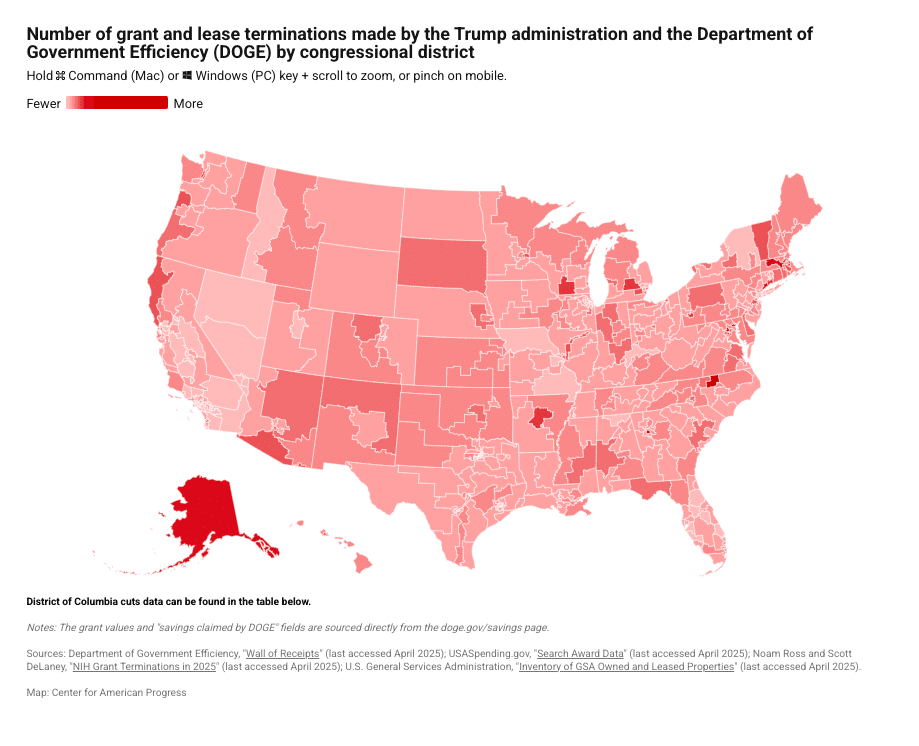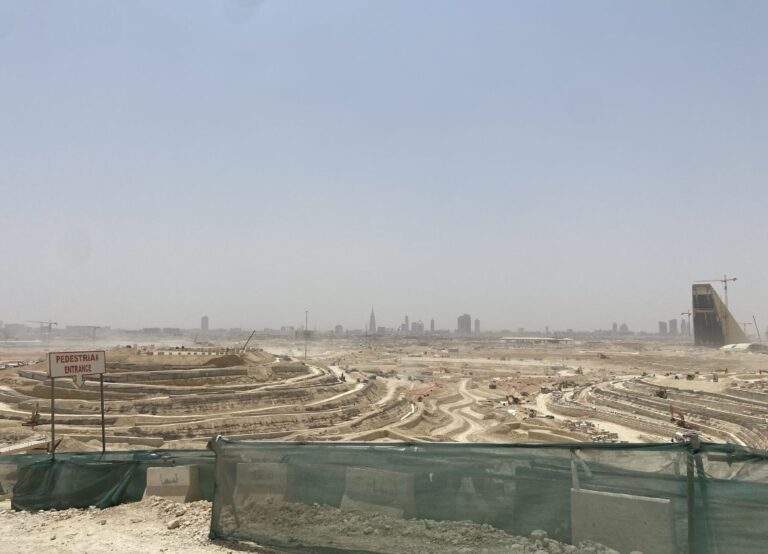In 2025, a wave of environmental and scientific policy rollbacks has reshaped the U.S. federal landscape. As funding is slashed, climate data programs are dismantled, and environmental protections weakened, the construction sector—particularly sustainable and climate-resilient development—is facing uncertain terrain. These decisions are more than political shifts; they impact how and where we build, and how prepared we are for the sustainable construction challenges that lie ahead. So, what exactly has changed—and why does it matter for the future of construction?
Loss of Climate Data Increases Risk in Construction Planning
One of the most consequential moves was the dismissal of over 400 authors working on the next National Climate Assessment (NCA). Previously scheduled for release in 2027, the report provided localized, accessible data on climate risks—including sea-level rise, wildfires, and heatwaves—that construction professionals use to plan resilient buildings.
Without this report:
- Flood risk assessments lack reliable forecasts.
- Urban heat mitigation becomes guesswork.
- Coastal and wildfire-prone areas are harder to evaluate, adding to sustainable construction challenges.
Consequently, construction companies will need to operate with less certainty—an especially dangerous scenario in a world where billion-dollar climate disasters occur every three weeks.
Federal Environmental Grant Cuts Affect Infrastructure Projects
In parallel, the administration has moved to defund key environmental grants, including:
- Cutting $4.2 million from an EPA environmental justice grant in California.
- Proposing a 25% cut to NOAA’s total budget, including a 75% cut to its Oceanic and Atmospheric Research division.
As a result, crucial datasets—such as satellite monitoring for urban development or coastal erosion—may no longer be available for architects and engineers. In the long run, this lack of information can lead to poor planning decisions and increase risks during construction phases.
Emissions Data Rollback Weakens Carbon-Conscious Design
Additionally, the EPA plans to reduce emissions tracking requirements from 8,000 facilities to just 2,300 in the oil and gas sector. Since this reporting program accounts for 85–90% of national greenhouse gas emissions, this rollback has broad implications.
For example:
- Developers committed to low-carbon building may struggle to track upstream emissions from materials.
- It becomes harder to evaluate a project’s environmental footprint or qualify for green certifications like LEED amidst these sustainable construction challenges.
In other words, these changes discourage accountability in carbon-intensive industries—an indirect but significant blow to sustainable architecture.
Policy Uncertainty Undermines Environmental Equity in Construction
On another front, the termination of DEI and anti-misinformation programs at the National Science Foundation introduces ambiguity in STEM and environmental funding. Similarly, the planned layoff of EPA environmental justice staff will reduce support for vulnerable communities.
Therefore, projects once guided by equity-based reviews may lose critical oversight. In turn, this could deepen the environmental inequality many sustainable construction projects aim to address.
What to Watch Going Forward?
Despite these setbacks, legal and civic resistance continues:
- A federal judge recently blocked the unlawful withdrawal of $14 billion in climate grants, allowing funds to reach green infrastructure projects.
- Organizations and universities are working to preserve data independently from federal sources as they confront sustainable construction challenges.
Hence, while the policy climate is challenging, the sustainable construction sector still has room to adapt and push forward.
Implications for the Industry
Although these policy shifts may appear distant from day-to-day construction activity, their long-term consequences are far-reaching. With climate data becoming less accessible, emissions tracking weakened, and funding for environmental equity programs reduced, the construction sector faces increasing uncertainty—especially for firms committed to these sustainable construction challenges.

The Future of Sustainable Construction in the U.S
For architects, planners, and developers, this means greater reliance on independent data sources, tighter collaboration with local agencies, and a renewed focus on resilient design. Now more than ever, the U.S. building industry must adapt, innovate, and lead the transition to sustainable construction. Addressing sustainable construction challenges is no longer optional—but essential.
As the country faces increasing climate challenges, the construction sector holds the power to shape a more sustainable and equitable future. Embracing green building practices, smart technologies, and community-focused planning will be key to overcoming the sustainable construction challenges and creating a built environment that stands the test of time.
For the latest insights and in-depth articles on sustainable construction and building materials, explore ArchUp — your go-to source for industry updates and expert knowledge.







